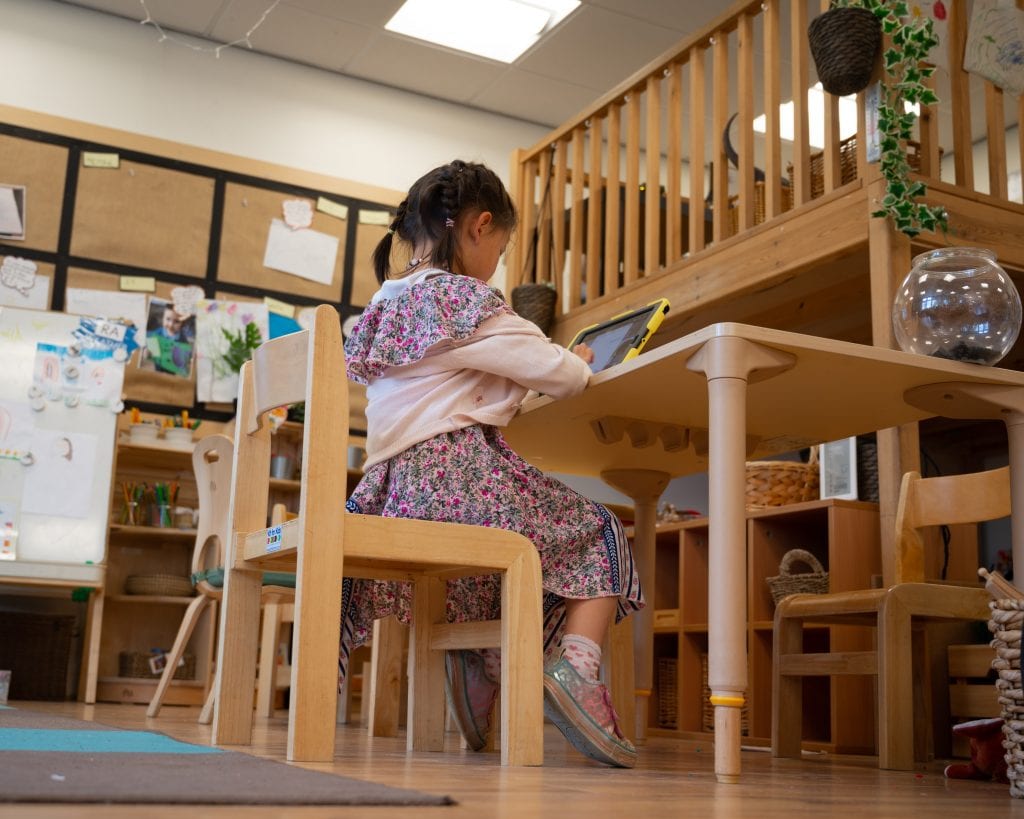
I spoke with Nava Yeganeh, a pediatric infectious disease doctor with UCLA Health, minutes after Gov. Gavin Newsom’s mid-July announcement that California schools will not reopen for in-person instruction in the fall – following months of speculation and a patchwork of announcements by various schools and districts about their plans. “It’s a big deal, because a lot of the independent schools were planning to open as well,” Yeganeh says. “Schools are an essential service because they are able to give so much to all children.”
Yeganeh, who fears the risks of protracted distance learning to vulnerable students, including those with special needs and limited family resources, is hopeful the pandemic situation improves to the point that students can go back soon. When that happens, she says it will be important to maximize safety for students, teachers and staff. “Masking has been, over and over again now, shown to be really effective in preventing transmission of COVID-19,” she says.
Social distancing is also essential, but that doesn’t mean recess should be canceled. Distanced outdoor activities such as kicking a soccer ball around or playing tennis can still take place, Yeganeh says. Indoor activities such as wrestling and choir practice, however, should be put on hold.
If and when your child’s school does open for in-person instruction, here’s what to ask:
- What infection-prevention measures are being implemented?
- How is the school decreasing crowding?
- How is the school ensuring physical distancing?
- How will classrooms be ventilated, since well-ventilated areas pose less risk? Is the campus using HVAC filters on cooling and heating systems to help prevent virus transmission?
- Are there enough hand-washing stations, and how is hand washing being encouraged?
Also essential will be measures to ensure childhood vaccinations – including flu shots – are up to date, and that children stay home if they show signs of illness. “If a child has fever and cough, we’re going to be worried about COVID,” says Yeganeh. The appearance of a child with an illness, even a minor one, at school could result in the need to quarantine the classroom or the entire campus.
Despite all these requirements, Yeganeh thinks the in-person learning environment will still be comfortable for kids. “It seems like children are amazingly resilient,” says Yeganeh, adding that her 4- and 8-year-old sons, for instance, have adapted well to new habits such as mask wearing. “We’ll go for a hike and they’ll just keep their masks on. Children have to constantly do new things.”
However, for some families, returning to in-person school might not be the best choice. “Every single family will have to make this decision, and it is a personal one,” Yeganeh says. Families with an older or immunocompromised family member, for instance, should consult their healthcare provider.
Meanwhile, Yeganeh finds it encouraging that most distance-learning platforms will include online and offline components, which will help reduce screen time. Some schools will also be offering a PE component to help make up for the physical activity kids are missing. It’s important for families to try to make sure kids have physical activity and social opportunities if they are distance learning, as well as “a quiet space to work and adult supervision – but not overbearing adult supervision,” she says.
Yeganeh also urges us all to keep in mind our responsibility to flatten the curve. “The only way to get our children back into in-person school,” she says, “is to beat this virus in our community.”























